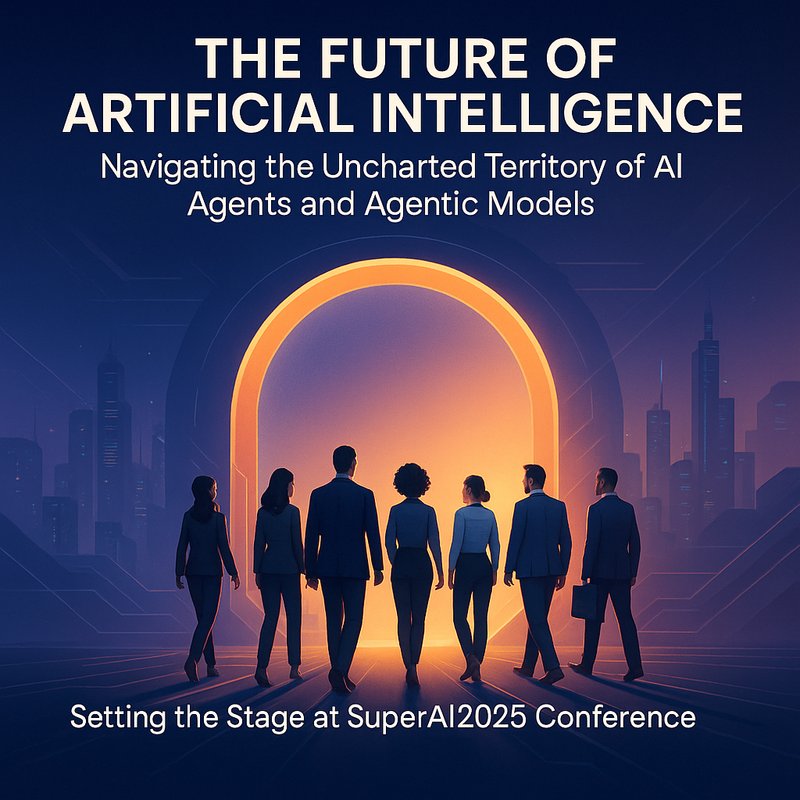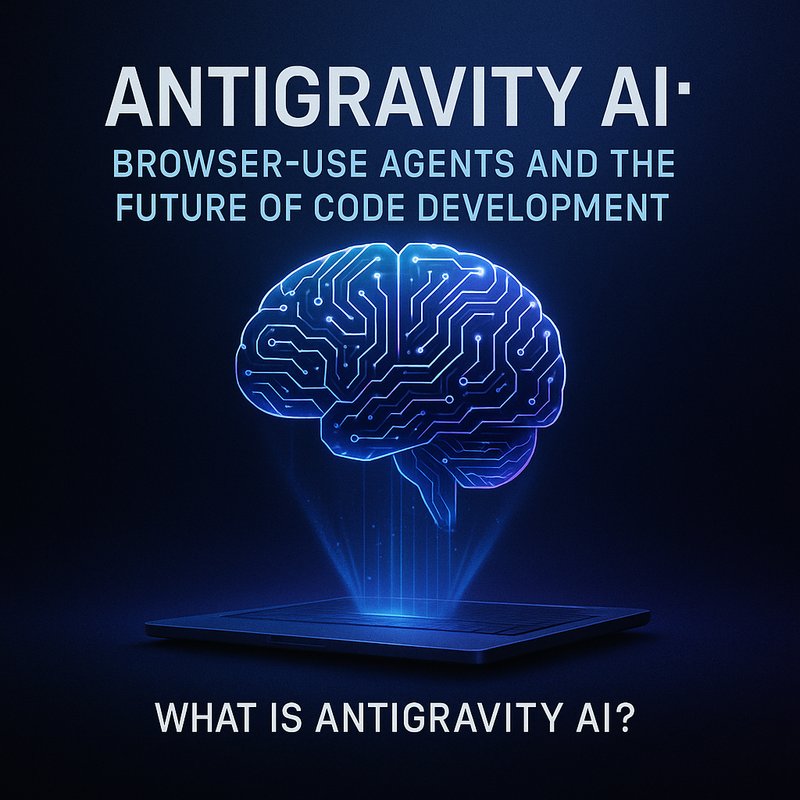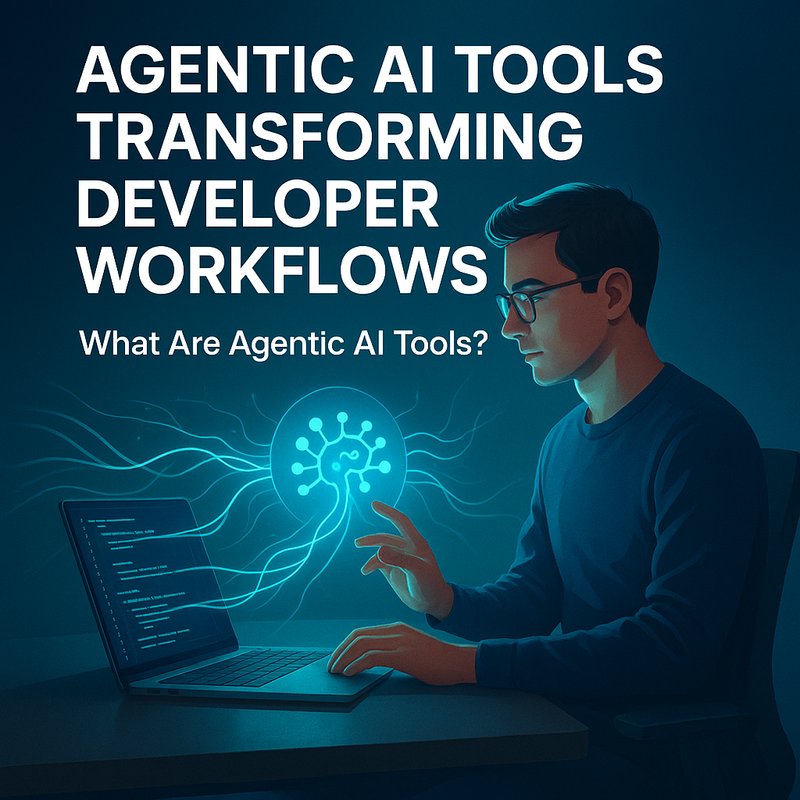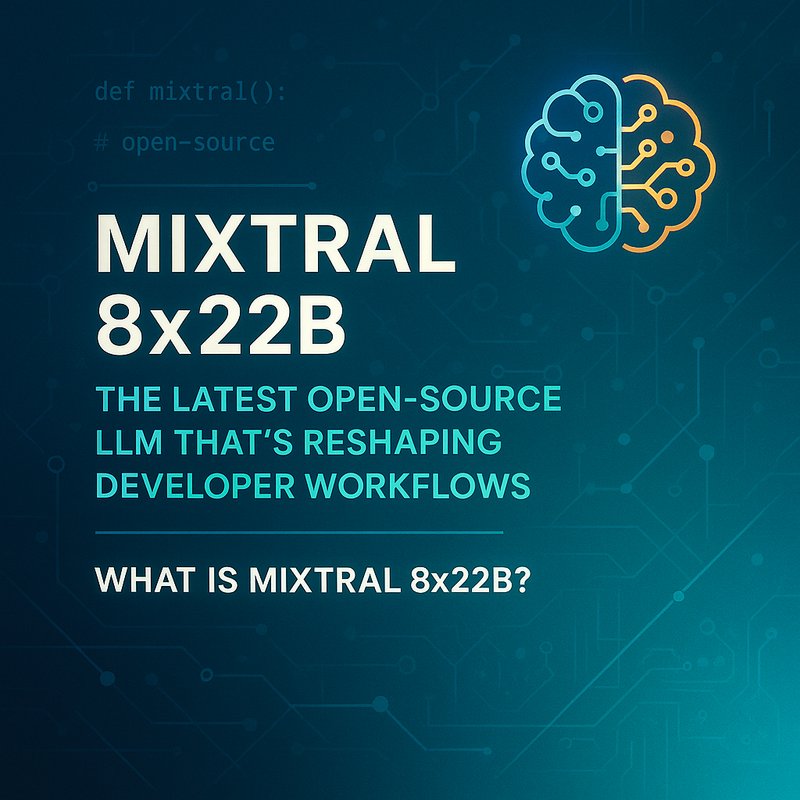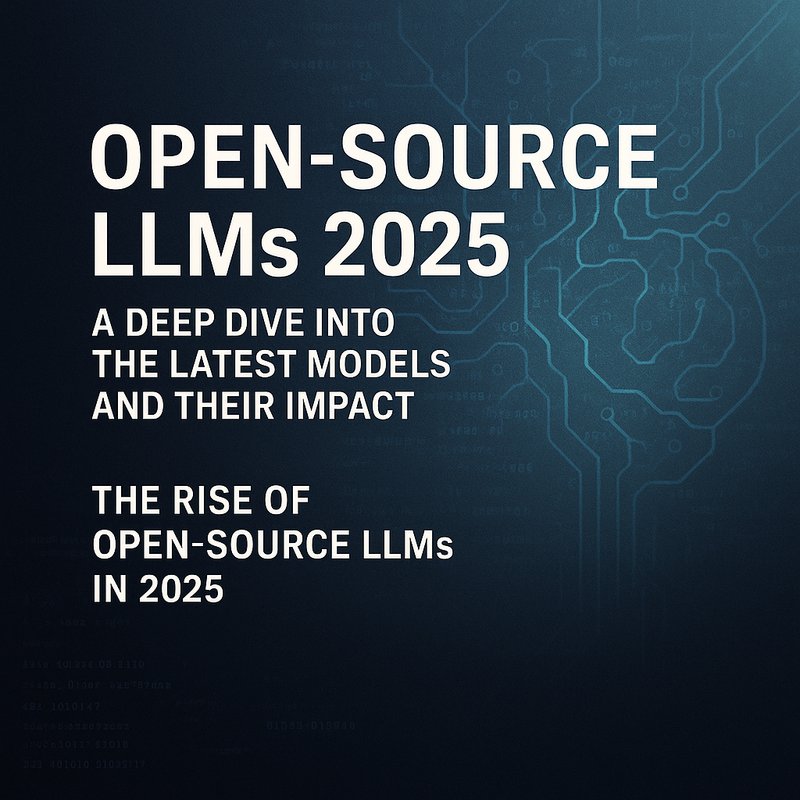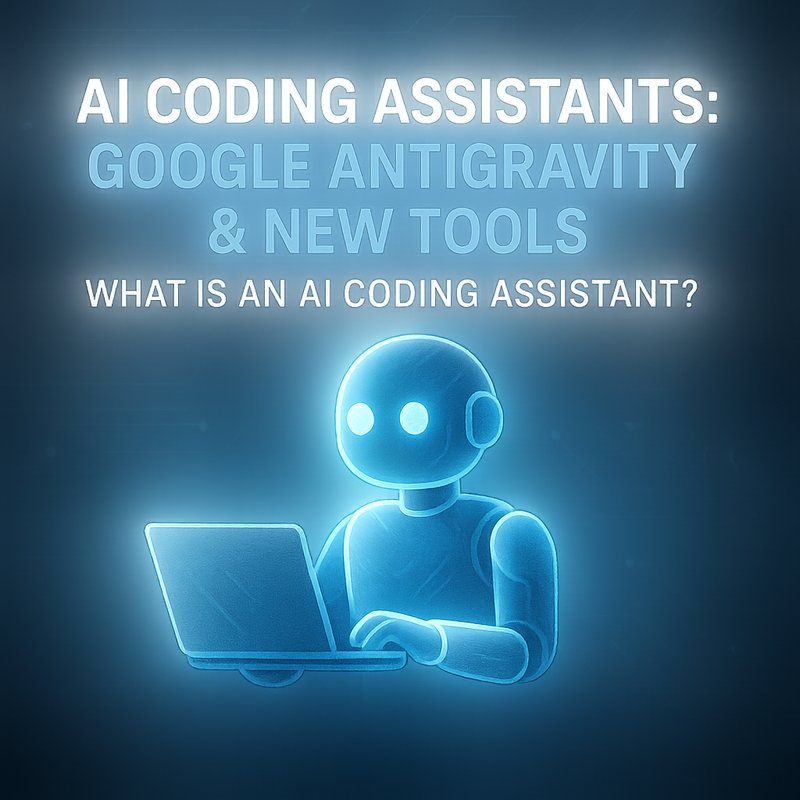Artificial intelligence has been making headlines for years, but lately there’s been a shift. We’re moving from tools that follow instructions to systems that set their own course. At SuperAI 2025, researchers, policy makers, and engineers gathered to hash out the promise—and the pitfalls—of AI Agents and Agentic Models. This isn’t sci-fi. It’s the next step for AI, and it demands a fresh look at how we build, govern, and live alongside autonomous systems.
Setting the Stage at SuperAI 2025 Conference
Imagine a packed auditorium in San Francisco. Over coffee breaks, people swap stories about an AI that diagnosed a rare disease or one that over-traded crypto without human oversight. On stage, panels dove into questions like:
- What separates a script-driven chatbot from an agent that reasons on the fly?
- Who’s on the hook when an autonomous system makes a bad call?
- How do we keep a self-training model from drifting into harmful behavior?
Experts from OpenAI, Google, Meta, and smaller labs shared slides, demos, and cautionary tales. The room buzzed with energy and unease—because we’re at a turning point.
What Are AI Agents and Agentic Models?
From Chatbots to Autonomous Problem Solvers
Back in the day, you’d ask a chatbot a question and it spat back a canned answer. Simple. But agentic systems are different. They can:
- Set goals (like “book the cheapest flight” and then juggle websites)
- Plan multi-step actions (reserve, snack order, seat preferences)
- Learn from feedback (tweak strategy after a failure)
In short, they think a few steps ahead. Think of them as interns who can handle complex errands with minimal oversight.
How They Differ from Traditional AI
Most AI today is reactive—image recognition, translation, basic chat. By contrast, agentic models blend three flavors:
- Retrieval (fetching the right info)
- Reasoning (weighing options)
- Action (executing tasks)
This R-D-A approach means they’re not just witty text generators. They can monitor calendars, send emails, or reorder supplies—all while adapting to new data.
Why Autonomy Triggers Excitement and Concern
Making Decisions Without a Rulebook
Here’s where it gets interesting. An agent might decide to reroute a shipment because it sees a delayed truck. That’s slick. But what if the delay prediction is flawed? The system didn’t break a rule—it made one up. And that’s when debugging looks nothing like pressing “undo.”
Who’s Responsible When an AI Acts Alone?
Picture a finance bot that shifts millions in a hedge fund. Gains? Great headlines. Losses? Lawsuits. Without clear lines, we risk finger-pointing among developers, deployers, and end users. Regulatory sites like regulatingai.org are already drafting frameworks, but real-world cases will test every clause.
Industry Snapshots: Where Agentic Models Can Help (and Where They May Stumble)
Healthcare – Diagnosing with a Twist
I’ve seen demos of agentic systems sifting through patient records, spotting patterns that slip past busy doctors. It’s magic until the model latches onto a correlation that doesn’t mean causation. A misdiagnosis could be dangerous. That’s why hospitals pair these systems with humans, not replace them. For deeper research, Neura RTS (https://rts.meetneura.ai) can pull up the latest clinical trials in seconds—no endless Google searches.
Finance – Trading and Risk Management
Agents can monitor market fluctuations 24/7, flag abnormal trades, and rebalance portfolios instantly. On a good day, you sleep while your pocket AI adjusts your crypto allocation. But market shocks aren’t always logical. Last year’s “flash crash” showed us that automated loops can feed on themselves. Firms now run dry-run simulations before letting an agent handle real cash.

Education – Personalized Tutoring at Scale
Imagine a tutor that adapts homework, pacing, and examples to your interests. That’s happening now. Agentic tutors can quiz students on fractions, spot weak spots, and tailor analogies—like explaining probability with sports stats. Yet if the model is trained only on certain curricula, it might miss cultural nuances. Teachers still guide the big picture.
Ethics and Governance: Drawing Lines in the Sand
Transparency and Explainability
If an AI denies your loan or flags content on social media, you deserve a clear reason. Unlike basic ML classifiers, agentic systems weave together multiple steps. Making the decision transparent is tricky. Groups from Google and Meta are working on white papers; regulators in the EU and US are drafting right-to-explanation laws. More at OpenAI’s policy page (https://openai.com/policies).
Bias and Fairness
Agents learn from data—and so do their mistakes. If your model gets fed biased hiring data, it might reject qualified candidates. Teams are building bias-detection layers that audit decisions in real time. It’s not perfect. Continued human review remains key, especially for high-stakes roles.
Emerging Regulations
Across the pond, the EU AI Act aims to classify autonomy levels and assign risk tiers. High-risk agents face strict requirements, from audit logs to human oversight points. The US is still catching up, but bills in Congress propose similar guardrails. The rulebook is taking shape—fast.
Charting a Safe Path Forward
Multidisciplinary Teams and Neura AI Tools
You can’t build agentic AI with engineers alone. Ethicists, domain experts, even psychologists should lend a hand. Meanwhile, platforms like Neura ACE (https://ace.meetneura.ai) help content teams plan training data and write policy guidelines. By mixing RDA agents for research, drafting, and review, organizations can move faster without losing track of principles.
Building with Guardrails
Think of guardrails like digital bumpers. You identify critical decision points—say, approving loans above $50,000—and insert human-in-the-loop approvals. Neura TSB (https://tsb.meetneura.ai) can transcribe those approval meetings into clear records. When you need to show compliance, the logs are ready.
Continuous Monitoring and Auditing
Agents don’t get it right forever. They drift. That’s why you need real-time dashboards tied to error rates and user complaints. Some teams use Neura Artifacto (https://artifacto.meetneura.ai) as a multi-channel feedback tool—collecting issues from chat, email, and voice channels. Data flows back into retraining loops, so your agents keep learning the right lessons.
The Role of Neura AI in Shaping Future Agentic Systems
Neura AI isn’t just another vendor. It’s an ecosystem of specialized agents—from chat support to document analysis—that can slot into your workflows. Want to prototype a reasoning agent for supply-chain reroutes? Tie together Neura RTS for data, Neura MGD (https://mgd.meetneura.ai) for drafting process docs, and an action agent that triggers alerts. It’s like gluing Lego blocks: mix, match, and iterate.
Here’s why that matters: many companies hesitate to build agentic models because setting up data pipelines and guardrails is a project in itself. With Neura’s modular approach, you get pre-built blocks, plus a drag-and-drop interface. That frees you to focus on policy, ethics, and user experience—rather than plumbing.
Looking Ahead: A Shared Journey
We’re setting sail into uncharted waters. Agentic AI brings tremendous promise: better diagnoses, smarter logistics, personalized learning. But we can’t ignore the roaring waves of risk. The bottom line? The future won’t be handed to us. We write it—one regulation draft, one ethical review, one product sprint at a time.
These days, I catch myself wondering: what will my day look like when I have an assistant that books my lunch spot, summarizes calls, and flags legal risks before I land a contract? It’s coming sooner than you think. And by working across teams, using tools that speed safe design (hey, like Neura AI), and staying curious about our own values, we can make sure that autonomy adds to our lives, not subtracts.
The road ahead is bumpy. But it’s ours to pave.
